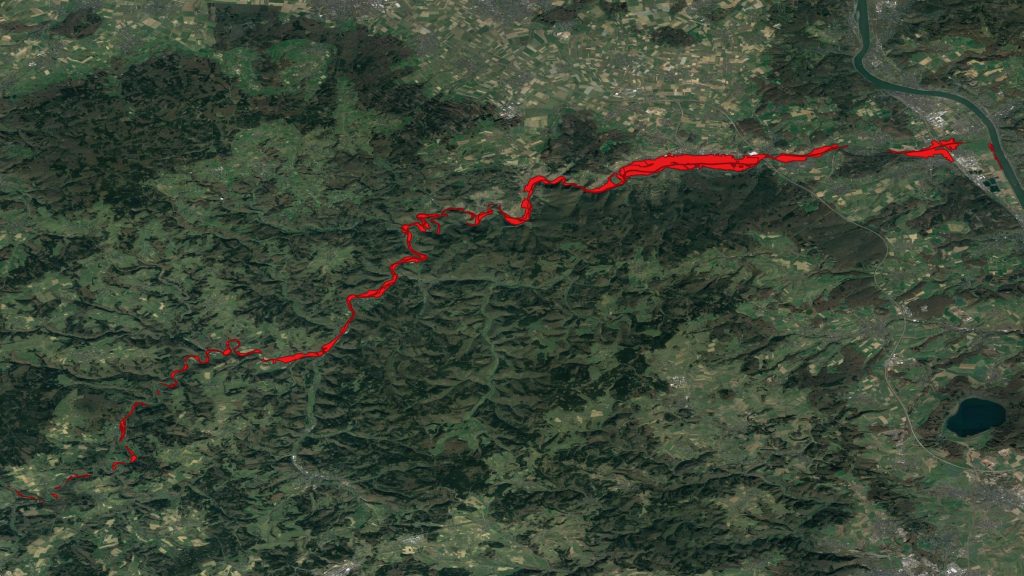Paul Bates contributes to a significant review in Nature of the causes and impacts of disastrous river flooding, and their past and projected trends.
Disastrous floods have caused millions of fatalities in the twentieth century, tens of billions of dollars of direct economic loss each year and serious disruption to global trade.
In this Review, we provide a synthesis of the atmospheric, land surface and socio-economic processes that produce river floods with disastrous consequences.
Disastrous floods have often been caused by processes fundamentally different from those of non-disastrous floods, such as unusual but recurring atmospheric circulation patterns or failures of flood defences, which lead to high levels of damage because they are unexpected both by citizens and by flood managers. Past trends in economic flood impacts show widespread increases, mostly driven by economic and population growth. However, the number of fatalities and people affected has decreased since the mid-1990s because of risk reduction measures, such as improved risk awareness and structural flood defences.
Disastrous flooding is projected to increase in many regions, particularly in Asia and Africa, owing to climate and socio-economic changes, although substantial uncertainties remain. Assessing the risk of disastrous river floods requires a deeper understanding of their distinct causes. Transdisciplinary research is needed to understand the potential for surprise in flood risk systems better and to operationalize risk management concepts that account for limited knowledge and unexpected developments.
Having reviewed over 200 research papers, we identified the following key points:
- Catastrophic flood events have different drivers
The causative mechanisms of floods with disastrous consequences tend to be different from those of regular (non-disastrous) floods. They show anomalies in one or several flood and loss generating processes.
- The impact of global warming is more significant than first realised
Past trends in flood hazard show a mix of upward and downward changes. For some regions, global warming is already strong enough to override other drivers of change.
- Flood risk is on the rise
Flood hazard and impacts are projected to increase for many regions around the globe. Future hotspots are expected in Asia and Africa, due to climate and socio-economic changes.
- Risk mitigation should be prioritised
Reducing vulnerability is a particularly effective lever for reducing impacts. The global decrease in flood-affected people and fatalities since the mid-1990s, despite a growing population, is a strong signal of effective risk reduction.
- We need better communication between prediction and prevention
Disastrous floods often come as a surprise. Effective risk reduction requires an understanding of the causative processes that make these events distinct and to address the sources of surprise, including cognitive biases.

